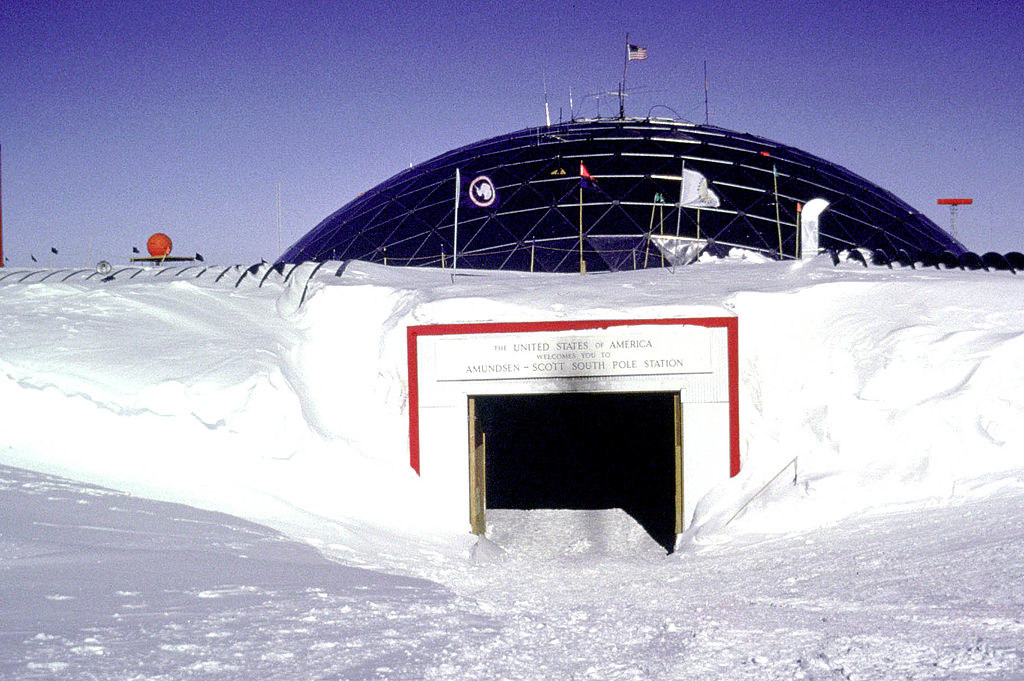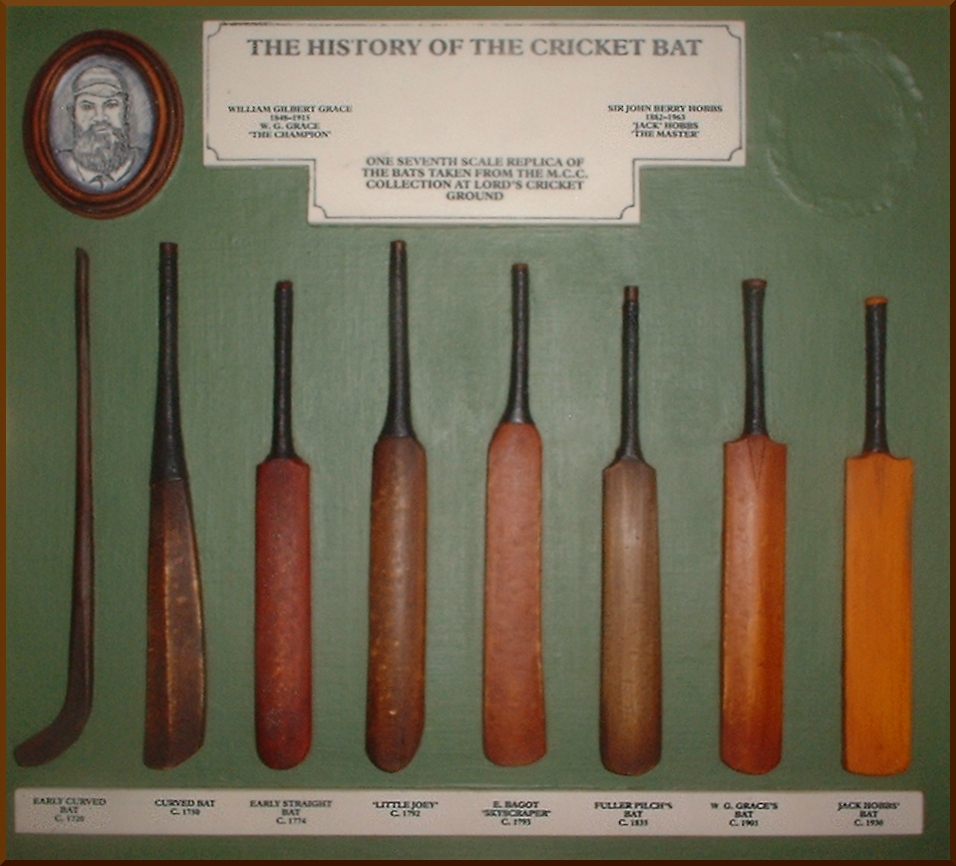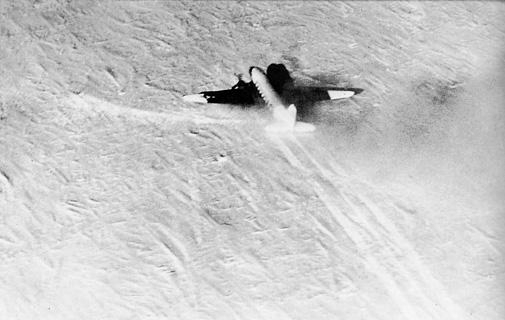|
Transglobe Expedition
The Transglobe Expedition (1979–1982) was the first expedition to make a longitudinal (north–south) circumnavigation of the Earth using only surface transport. British adventurer Sir Ranulph Fiennes led a team, including Oliver Shepard and Charles R. Burton, that attempted to follow the Greenwich meridian over both land and water. They began in Greenwich in the United Kingdom in September 1979 and travelled south, arriving at the South Pole on 15 December 1980. Over the next 14 months, they travelled north, reaching the North Pole on 11 April 1982. Travelling south once more, they arrived again in Greenwich on 29 August 1982.''Guinness Book of World Records 1997'' It required traversing both of the poles and the use of boats in some places. Oliver Shepard took part in the Antarctic leg of the expedition. Ginny Fiennes handled all communications between the land team and their support, and ran the polar bases. Planning The original idea for the expedition was conceived b ... [...More Info...] [...Related Items...] OR: [Wikipedia] [Google] [Baidu] |
Ranulph Fiennes
Sir Ranulph Twisleton-Wykeham-Fiennes, 3rd Baronet (born 7 March 1944), commonly known as Sir Ranulph Fiennes () and sometimes as Ran Fiennes, is a British explorer, writer and poet, who holds several endurance records. Fiennes served in the British Army for eight years, including a period on counter-insurgency service while attached to the Army of the Sultanate of Oman. He later undertook numerous expeditions and was the first person to visit both the North Pole and South Pole by surface means and the first to completely cross Antarctica on foot. In May 2009, at the age of 65, he reached the summit of Mount Everest. According to the ''Guinness Book of World Records'' in 1984, he was the world's greatest living explorer. Fiennes has written numerous books about his army service and his expeditions as well as books on explorers Robert Falcon Scott and Ernest Shackleton. Early life and education Fiennes was born in Windsor, Berkshire, on 7 March 1944, nearly four months af ... [...More Info...] [...Related Items...] OR: [Wikipedia] [Google] [Baidu] |
Ryvingen Peak
Ryvingen Peak () is a rock peak 3 nautical miles (6 km) west-southwest of Brapiggen Peak, on the southern side of Borg Massif in Queen Maud Land Queen Maud Land () is a roughly region of Antarctica Territorial claims in Antarctica, claimed by Norway as a dependent territory. It borders the claimed British Antarctic Territory 20th meridian west, 20° west, specifically the Caird Coast, .... Mapped by Norwegian cartographers from surveys and air photos by Norwegian-British-Swedish Antarctic Expedition (NBSAE) (1949–52) and named Ryvingen. Mountains of Queen Maud Land Princess Martha Coast {{PrincessMarthaCoast-geo-stub ... [...More Info...] [...Related Items...] OR: [Wikipedia] [Google] [Baidu] |
Dolphin And Union Strait
Dolphin and Union Strait lies in both the Northwest Territories (Inuvik Region) and Nunavut (Kitikmeot Region), Canada, between the mainland and Victoria Island. It is part of the Northwest Passage. It links Amundsen Gulf, lying to the northwest, with Coronation Gulf, lying to the southeast. The southeastern end of the strait is marked by Austin Bay. It gets its name from the two boats used by the Scottish naval surgeon and explorer John Richardson, who was the first known European to explore it in 1826. The Inuit who use this area have been variously known as the Copper Inuit, the Copper Eskimos, or the "People at the end of the world," because few other Indigenous groups had continuously used the area before. This is partly why the first Europeans who ventured into this area, were amazed by the "blond" Inuit they had encountered. There are several islands within the strait, including the Liston and Sutton Islands, historically home to the Noahonirmiut band of Copper Inui ... [...More Info...] [...Related Items...] OR: [Wikipedia] [Google] [Baidu] |
Tanquary Fiord
Tanquary Fiord is a fjord on the north coast of the Arctic Archipelago's Ellesmere Island, Nunavut, Canada. It is located in the Quttinirpaaq National Park and extends in a north-westerly direction from Greely Fiord. History Radiocarbon dating methods suggest that between 10,000 and 4,100 BP, deglaciation occurred, followed by a period of glacial readvance and the formation of ice shelves until 2,400 BP. Until 1,400 BP, a period of glacial retreat occurred, and since then glacial readvance and nearby ice rises have marked the area. Radiocarbon analysis of charcoal undertaken by the Geological Survey of Canada has shown that Inuit were present at Tanquary Fiord around 1070 BP at the latest. Geography The head of the Tanquary Fiord is the convergence point of four river valleys, three of which end in a floodplain and one in a river delta. Carbon dating findings show that the fjord was free of glacial ice approximately 6,500 years ago. In the past 40 years, the terminal poi ... [...More Info...] [...Related Items...] OR: [Wikipedia] [Google] [Baidu] |
Boston Whaler
Boston Whaler is an American boat manufacturer. It is a subsidiary of the Brunswick Boat Group, a division of the Brunswick Corporation. Boston Whalers were originally produced in Massachusetts, hence the name, but today are manufactured in Edgewater, Florida. History Richard "Dick" Fisher graduated from Harvard University in 1936. He ran a company building small, lightweight boats out of balsa wood. He designed a rowboat and got the materials to build it, but he never completed it. In the 1950s, polyurethane foam, a stiff, lightweight, buoyant material, was invented. Fisher imagined it as a replacement for the lightweight balsa used in small boat construction, and in 1954 he constructed a small sailing dinghy filled with the foam, with a design similar to the Sunfish. He showed the finished product to his friend, naval architect C. Raymond Hunt. Hunt recognized potential in the process, however he did not feel the design was particularly suited to sailboats. Instead, h ... [...More Info...] [...Related Items...] OR: [Wikipedia] [Google] [Baidu] |
Tuktoyaktuk
Tuktoyaktuk ( ; , ) is an Inuvialuit hamlet near the Mackenzie River delta in the Inuvik Region of the Northwest Territories, Canada, at the northern terminus of the Inuvik–Tuktoyaktuk Highway.Montgomery, Marc"Canada now officially connected by road-coast to coast to coast" ''CBC Radio'', 15 November 2017. Retrieved on 15 November 2017. One of six Inuvialuit communities in the Inuvialuit Settlement Region, it is commonly known by its first syllable, ''Tuk'' (). It lies north of the Arctic Circle on the Arctic Ocean, and is the only place on the Arctic Ocean connected to the rest of Canada by road. Known as Port Brabant after British colonization, in 1950 it became Canada's first Indigenous settlement to reclaim its traditional name. History Tuktoyaktuk is the Anglicisation, anglicized form of the native Inuvialuit place-name, meaning "resembling a Reindeer, caribou". According to legend, a woman looked on as some caribou, common at the site, waded into the water and tur ... [...More Info...] [...Related Items...] OR: [Wikipedia] [Google] [Baidu] |
Northwest Passage
The Northwest Passage (NWP) is the sea lane between the Atlantic and Pacific oceans through the Arctic Ocean, near the northern coast of North America via waterways through the Arctic Archipelago of Canada. The eastern route along the Arctic coasts of Norway and Siberia is accordingly called the Northeast Passage (NEP). The various islands of the archipelago are separated from one another and from mainland Canada by a series of Arctic waterways collectively known as the Northwest Passages, Northwestern Passages or the Canadian Internal Waters. For centuries, European explorers, beginning with Christopher Columbus in 1492, sought a navigable passage as a possible trade route to Asia, but were blocked by North, Central, and South America; by ice, or by rough waters (e.g. Tierra del Fuego). An ice-bound northern route was discovered in 1850 by the Irish explorer Robert McClure, whose expedition completed the passage by hauling sledges. Scotsman John Rae (explorer), John Rae explo ... [...More Info...] [...Related Items...] OR: [Wikipedia] [Google] [Baidu] |
Scott Base
Scott Base is a New Zealand Antarctic research station at Pram Point on Ross Island near Mount Erebus in New Zealand's Ross Dependency territorial claim. It was named in honour of Captain Robert Falcon Scott, RN, leader of two British expeditions to the Ross Sea area of Antarctica. The base was set up as support to field research and the centre for research into earth sciences, and now conducts research in many fields, operated by Antarctica New Zealand. The base is from the larger U.S. McMurdo Station via Willy Field road, the main road to Williams Field. History Scott Base was originally constructed in support of the UK inspired and privately managed Commonwealth Trans-Antarctic Expedition (TAE). The New Zealand government provided support for the TAE and also for the International Geophysical Year (IGY) project of 1957, five of whose members were attached to the Expedition. In February 1956, 10 months before the TAE and IGY parties were due to head to the Ant ... [...More Info...] [...Related Items...] OR: [Wikipedia] [Google] [Baidu] |
Ross Ice Shelf
The Ross Ice Shelf is the largest ice shelf of Antarctica (, an area of roughly and about across: about the size of France). It is several hundred metres thick. The nearly vertical ice front to the open sea is more than long, and between high above the water surface. Ninety percent of the floating ice, however, is below the water surface. Most of the Ross Ice Shelf is in the Ross Dependency claimed by New Zealand. It floats in, and covers, a large southern portion of the Ross Sea and the entire Roosevelt Island, Antarctica, Roosevelt Island located in the east of the Ross Sea. The ice shelf is named after James Clark Ross, Sir James Clark Ross, who discovered it on 28 January 1841. It was originally called "The Barrier", with various adjectives including "Great Ice Barrier", as it prevented sailing further south. Ross mapped the ice front eastward to 160° W. In 1947, the U.S. Board on Geographic Names applied the name "Ross Shelf Ice" to this feature and published it in ... [...More Info...] [...Related Items...] OR: [Wikipedia] [Google] [Baidu] |
Scott Glacier (East Antarctica)
Scott Glacier () is a glacier, wide and over long, flowing north-northwest to the Antarctic coast between Denman Glacier Denman Glacier is a glacier that is wide, descending north some , which debouches into the Shackleton Ice Shelf east of David Island, Queen Mary Land. It was discovered in November 1912 by the Western Base party of the Australasian Antarctic Expe ... and Mill Island. It was discovered by the Western Base Party of the Australasian Antarctic Expedition (1911–1914) under Mawson and named for Capt. Robert F. Scott. Mouth Cape Hoadley . Prominent rock coastal outcrop forming the west portal of the valley occupied by Scott Glacier. Discovered by the Western Base Party of the AAE under Mawson in November 1912, and named by him for C.A. Hoadley, geologist with the Western Base Party. Not: Cape Hoadky. Edisto Ice Tongue An ice tongue along the northwest margin of Bunger Hills where it occupies the southwestern portion of Edisto Channel, in the Highjump ... [...More Info...] [...Related Items...] OR: [Wikipedia] [Google] [Baidu] |
Cricket
Cricket is a Bat-and-ball games, bat-and-ball game played between two Sports team, teams of eleven players on a cricket field, field, at the centre of which is a cricket pitch, pitch with a wicket at each end, each comprising two Bail (cricket), bails (small sticks) balanced on three stump (cricket), stumps. Two players from the Batting (cricket), batting team, the striker and nonstriker, stand in front of either wicket holding Cricket bat, bats, while one player from the Fielding (cricket), fielding team, the bowler, Bowling (cricket), bowls the Cricket ball, ball toward the striker's wicket from the opposite end of the pitch. The striker's goal is to hit the bowled ball with the bat and then switch places with the nonstriker, with the batting team scoring one Run (cricket), run for each of these swaps. Runs are also scored when the ball reaches the Boundary (cricket), boundary of the field or when the ball is bowled Illegal delivery (cricket), illegally. The fielding tea ... [...More Info...] [...Related Items...] OR: [Wikipedia] [Google] [Baidu] |
Amundsen–Scott South Pole Station
The Amundsen–Scott South Pole Station is a science and technology in the United States, United States scientific research station at the South Pole of the Earth. It is the List of extreme points of the United States, southernmost point under the jurisdiction (not sovereignty) of the United States. The station is located on the high Antarctic Plateau, plateau of Antarctica at above sea level. It is administered by the Office of Polar Programs of the National Science Foundation, specifically the United States Antarctic Program (USAP). It is named in honor of Norwegian Roald Amundsen and Briton Robert Falcon Scott, Robert F. Scott, leaders of the competing first and second expeditions to reach the pole, in the summer of 1911–1912. The original Amundsen–Scott Station was built by Seabee, Navy Seabees for the federal government of the United States during November 1956, as part of its commitment to the Science, scientific goals of the International Geophysical Year, an ef ... [...More Info...] [...Related Items...] OR: [Wikipedia] [Google] [Baidu] |







